How to Fertilize Pomegranates: Our Method – Sembrar100
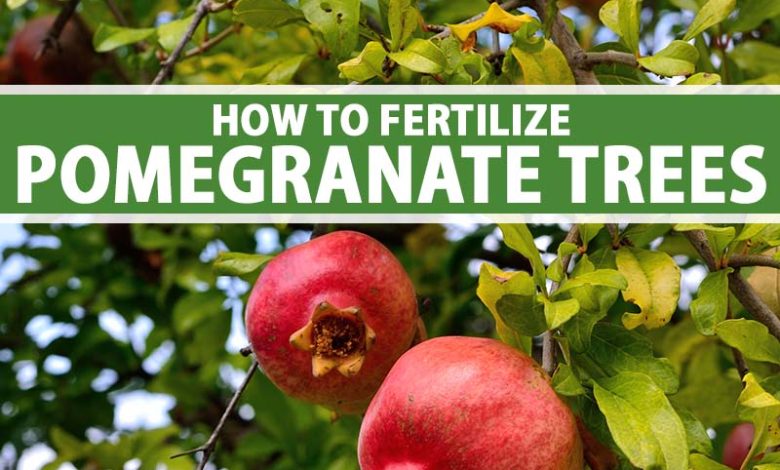
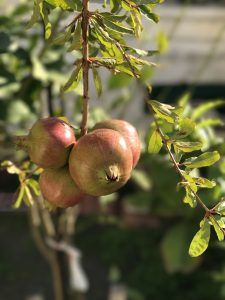 The pomegranate is a plant with characteristics that make it very special and valuable, no one has any doubts about that.
The pomegranate is a plant with characteristics that make it very special and valuable, no one has any doubts about that.
That is why they deserve the best care that we can give them when growing them, because a good effort is always worth it.
The pomegranate tree is very vulnerable to wind, so it is convenient to place it where it is protected. In addition, you must be attentive to make payments when appropriate.
With the correct attention your pomegranate will be healthier and more productive, so the harvest will leave you with a smile on your face. Let’s see how to pay it correctly?
Why is it important to fertilize pomegranates?
It is interesting to fertilize pomegranates because with this the specimen will grow faster and improve fruit production.And while it is true that this is the main objective, you must take into account that this action will be able to help the tree in the prevention of diseases.
In the same way, a tree that is properly fertilized can also become resistant to the attack of seasonal pests.
How often should we pay pomegranates?
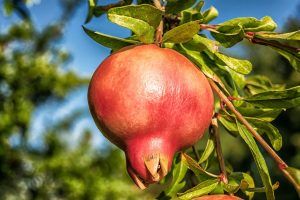 For optimum performance and health of our pomegranates, they must be fertilized every six months.
For optimum performance and health of our pomegranates, they must be fertilized every six months.
It is always recommended that once be at the beginning of the rainy season and the other six months later.
Another important moment in which you must pay is at the time of planting it. If by chance we have planted it before the rainy season, then when this season begins it will have to be paid, regardless of whether it is not six months.
And then you will continue with the same semester cycle that we already established at the beginning.
What Nutrients Do Pomegranates Need?
Pomegranates need as main nutrients: nitrogen (N), phosphorus (P) and potassium (K).Nitrogen is one of the most common elements on the planet and represents one of the main nutrients for any plant.
In the case of the pomegranate tree, nitrogen is used in the first four years of the plant’s life.Nitrogen will allow the tree to grow better and faster.
For its part, phosphorus is an element that is found in nature and that can be used to help plants. From the fourth year it is recommended to use it on pomegranates. Since it will help to obtain better fruits.
Regarding potassium, we have that this element present in almost all of nature helps to improve the respiration of plants. Therefore, it is used as a plant nutrient. In the case of the pomegranate, this is combined with phosphorus from the fourth year of the plant’s life.
Another element that can be of benefit to our pomegranate trees is calcium (Ca) because it collaborates with its better development, strengthening the tree throughout its life.
Iron (Fe) is also a beneficial element for pomegranates, as it helps prevent iron chlorosis, which can be deadly for our pomegranates. The use of these nutrients will help to have healthier pomegranate trees capable of bearing higher quality fruit.
What type of fertilizers do pomegranates need?
Among the fertilizers that pomegranates need is urea salt, with a good nitrogen content that helps rapid growth.
Nitrophosca-type fertilizers can also be used, which combine nitrogen with phosphorus and potassium. This is excellent for better fruit.
Of course, a good homemade organic matter such as compost will always be welcome, since it brings together several of the nutritional elements that the plant needs.
Organic matter such as manure is one of the ideal fertilizers for pomegranates. In fact, when planting a pomegranate it is highly advisable to put manure in the hole where the young tree will go.
Likewise, iron chelates are what we can contribute to contribute to a much healthier photosynthesis.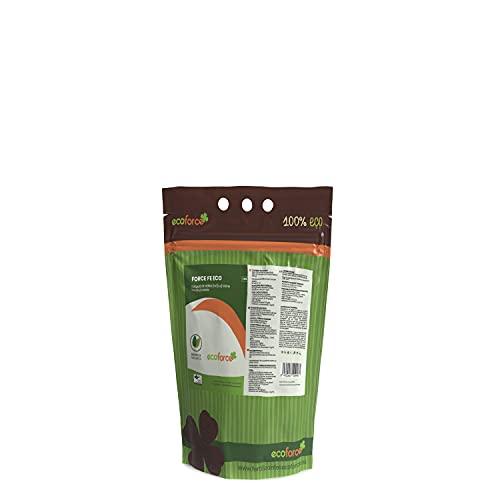
How do we prepare fertilizer for pomegranates?
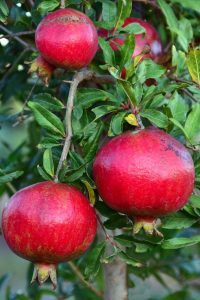 In the case of fertilizers with urea salt for pomegranates, it is best to place the product in water and use it as a liquid fertilizer.
In the case of fertilizers with urea salt for pomegranates, it is best to place the product in water and use it as a liquid fertilizer.
You can use five grams of urea salt per liter of water. You can also place the urea salt directly on the ground around the trunk, always at a distance of approximately one meter from the tree.
In the case of nitrophosca fertilizer, the proper way is to place it directly at the base of the tree. About forty granites or capsules of nitrophosca can be placed per tree. Then you will water the base of the pomegranate.
As for iron chelates, these are simply placed at the base of the pomegranate. About twenty kernels per tree are recommended. To prepare compost for pomegranates, simply place vegetable waste in a plastic bag for three days.
Then, in a pot or container of the size you want, put soil, open a hole and put the waste there. Moisten a little daily and after three months you will have the compost. It is very common to add eggshells to the compost.
As for the manure, the basic way to prepare it is to place the manure (from the animal preferably) in a place exposed to sunlight. Then, you will have to soak it abundantly for two days. In this way, the manure will expel excess salts.
Later let it dry for four days and then apply it on the pomegranate you have planned.
How do we detect if pomegranates need fertilizer?
To know if pomegranates need fertilizer, you have to be aware of details like the ones you will see below.If you notice that a young pomegranate tree is not growing fast enough and seems to be weak, it probably needs fertilizers that have nitrogen.
In the case of an adult pomegranate tree, which has begun to bear fruit, if you see that they fall prematurely or are small, you must use fertilizers with phosphorus. When you have the presence of discolored leaves and weak branches, fertilizers with potassium and/or calcium will be indicated.
These fertilizers with potassium and/or calcium will improve the respiration and the ability of the plant to nourish itself and the aforementioned symptoms will disappear.Another alarm signal is the yellowing of the leaves, indicative of iron chlorosis.
In this case it will be appropriate to use fertilizers with iron chelates. Undoubtedly, being attentive to any symptoms of our pomegranates will be vital to have higher quality trees and fruits. And it will be much better if you maintain a responsible subscriber discipline as a preventive measure for the health of our pomegranates.
Bibliographic references
- PHENOLOGICAL DEVELOPMENT AND FOLIAR AREA INDEX IN THE CROP OF POMEGRANATE (Púnica granatum L.) IN THE LAGOON REGION, AIDEJ JOAQUÍN – 2018 – ittorreon.edu.mx
- Agronomic management of pomegranate cultivation (punica granatum l.) in Virú-La Libertad, JV Fernández Rodriguez – 2013 – dspace.unitru.edu.pe
- Evaluation of biostimulants, fertilizers and fungicides in pomegranate (Punica granatum) in Puerto Rico, SC González-Martínez – 2020 – scholar.uprm.edu
- Stimulation of biomass accumulation and seasonal extraction of nitrogen, phosphorus, potassium, calcium and magnesium in pomegranate plants (Punica granatum L.), KI García Gómez – 2011 – repository.uchile.cl
Maybe you are also interested in:

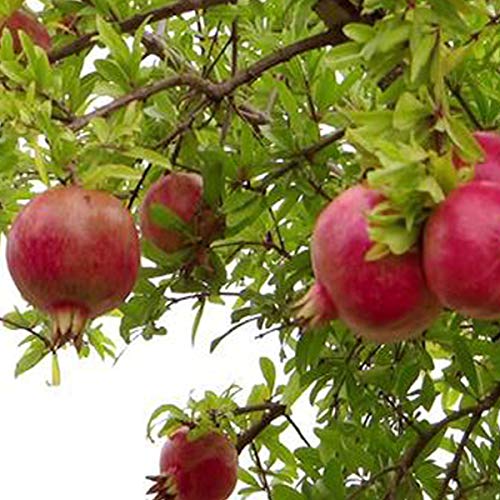
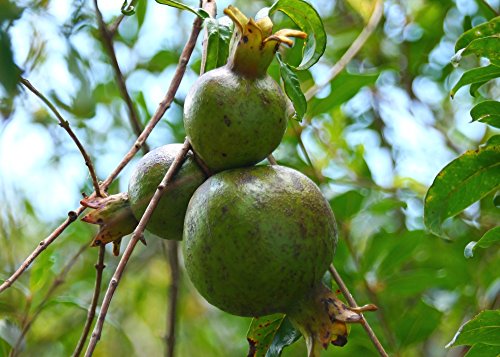
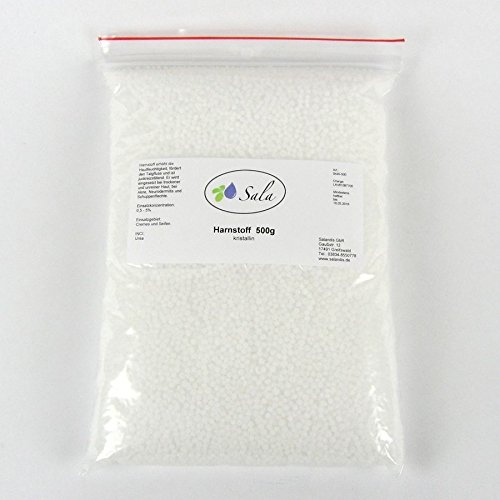
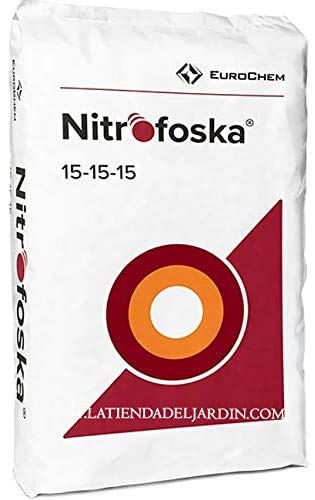
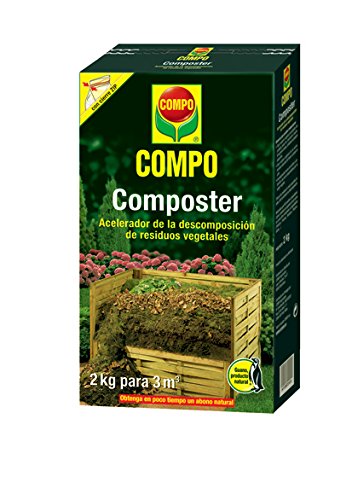

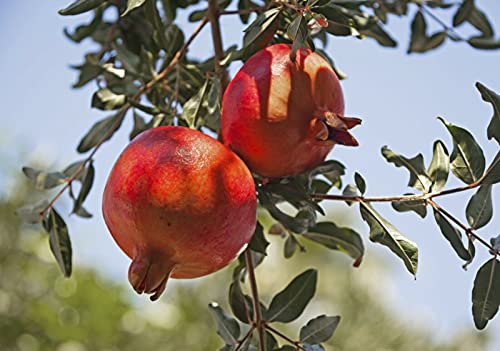
![Photo of Medlar: [Cultivation, Irrigation, Care, Pests and Diseases]](https://www.complete-gardening.com/wp-content/uploads/2021/06/Nispero_1615303942-1-390x220.jpg)
![Photo of Plant Mango: The Step-by-Step Guide you need to eat this delicious fruit [12 Steps]](https://www.complete-gardening.com/wp-content/uploads/2022/08/plant-mango-the-step-by-step-guide-you-need-to-eat-this-delicious-fruit-12-steps-390x220.jpg)
![Photo of Chlorosis in Plants: [How to Detect, Combat and Control It]](https://www.complete-gardening.com/wp-content/uploads/2021/06/Qué-es-la-clorosis-390x220.jpg)
